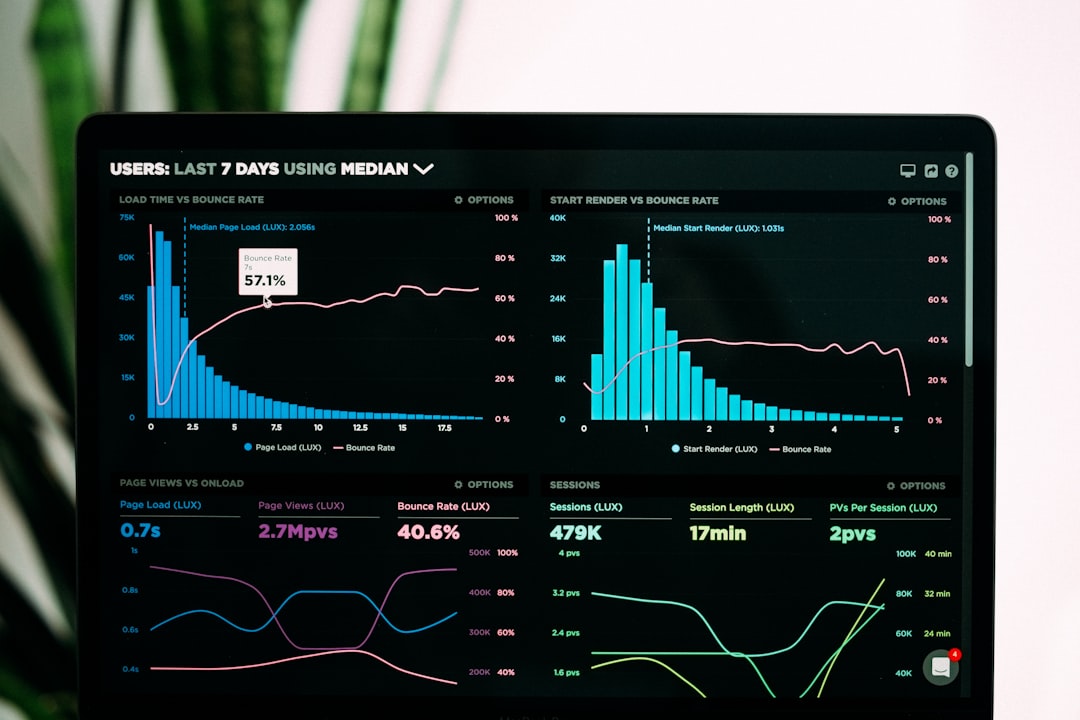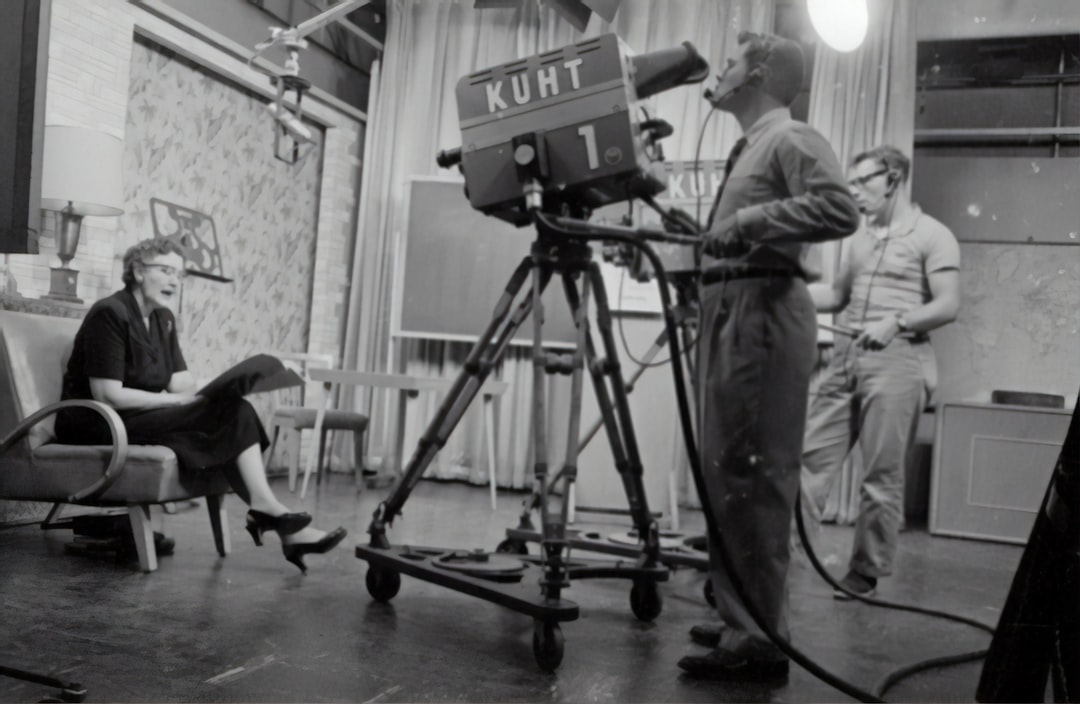Best Practices for Economic Forecasting: A Comprehensive Guide
Posted at 31 Mar 2025
7 minute readtime
Table of Contents
1 - Introduction
Economic forecasting plays a critical role in strategic planning for businesses, governments, and financial institutions alike. It involves predicting future economic conditions to guide decision-making, allocate resources, and prepare for potential market shifts. However, accurately predicting economic trends is complex and fraught with uncertainty. In this blog post, we will explore best practices for economic forecasting, including methodologies, data sources, and tips to enhance accuracy, providing a solid framework for anyone looking to navigate the intricacies of economic predictions.2 - Understanding Economic Forecasting Models
Economic forecasting models are essential tools that econometricians and analysts use to make predictions. These models fall broadly into two categories: qualitative and quantitative. **Qualitative forecasting** relies on expert opinions and market insights, often used in uncertain economic environments where historical data is limited. For example, conducting surveys or focus groups can provide valuable information about consumer sentiment.On the other hand, **quantitative forecasting** uses historical data and statistical techniques to predict future trends. This method often involves the use of econometric models, which incorporate complex mathematical relationships between economic indicators. Common quantitative models include time series analysis, regression analysis, and leading indicator models. Select the appropriate model for your specific forecasting scenario, as a clear understanding of both qualitative and quantitative methods can enhance the overall accuracy of your predictions.
3 - Data Sources: The Backbone of Accurate Forecasts
Reliable and comprehensive data is the foundation of successful economic forecasting. Analysts must seek out high-quality sources of data that reflect current economic conditions. Institutions like the International Monetary Fund (IMF), World Bank, and government statistical agencies often provide essential macroeconomic data. Additionally, private sector sources, such as Bloomberg and economic research firms, can offer timely insights into market trends.Moreover, leveraging **big data** can significantly enhance forecasting accuracy. Data derived from social media sentiment, transaction logs, and real-time point-of-sale systems can give unique insights into consumer behavior and market dynamics. For example, analyzing purchasing patterns can help forecast retail sales more accurately in the upcoming months. Collecting diverse data can allow analysts to create a more nuanced model that incorporates a broader range of influential factors.
4 - Incorporating Scenario Analysis in Forecasting
One of the most effective practices for economic forecasting is to include **scenario analysis**. This approach entails creating multiple potential outcomes based on varying assumptions about key factors affecting the economy. For instance, analysts may craft optimistic, pessimistic, and most-likely scenarios based on shifting economic policies, global events, or technological breakthroughs.Scenario analysis helps organizations prepare for volatility by providing insights into potential risks and opportunities. By developing robust contingency plans, businesses can enhance resilience and quickly adapt to changing circumstances. Furthermore, incorporating scenario analysis encourages critical thinking, pushing analysts to consider different variables and their potential impacts on the economy.
5 - Regularly Updating Forecasts: The Need for Flexibility
Economic conditions are continuously evolving, influenced by various external and internal factors. As such, it is vital to **regularly update forecasts** to reflect new data and changing circumstances. Static forecasts can quickly become outdated, leading to poor decision-making. Businesses must adopt a flexible approach, committing to revisiting and adjusting forecasts as new information arises.By employing techniques like rolling forecasts or continuous monitoring of key economic indicators, analysts can systematically refresh their predictions. For instance, regularly tracking unemployment rates, inflation, and consumer confidence can aid analysts in making timely adjustments to their forecasts. Flexibility is crucial in navigating the uncertainties that commercial and economic actors face in an increasingly volatile environment.
6 - Collaboration and Transparency in the Forecasting Process
Collaboration among various stakeholders can significantly enhance the quality of economic forecasts. Engaging a diverse team—including economists, industry experts, data scientists, and financial analysts—can foster thorough analysis and robust discussions that allow for a more well-rounded understanding of the economic landscape.Moreover, ensuring transparency in the forecasting process is vital. Documenting the methodologies, assumptions, and data sources used while conducting forecasts helps establish credibility. When stakeholders understand the reasoning behind predictions, they can better evaluate decision-making processes and have more confidence in the forecasts' reliability.
7 - Conclusion
In conclusion, effective economic forecasting is an ongoing process that involves varying methodologies, quality data, scenario analysis, flexibility, and collaboration. By adhering to these best practices, organizations can enhance the accuracy of their forecasts and make informed decisions that drive success. In a world where economic conditions are constantly changing, the ability to predict future trends and prepare for potential challenges is more critical than ever. Adopting these practices will not only optimize your forecasting initiatives but also position your organization to thrive in today's dynamic economic landscape.




